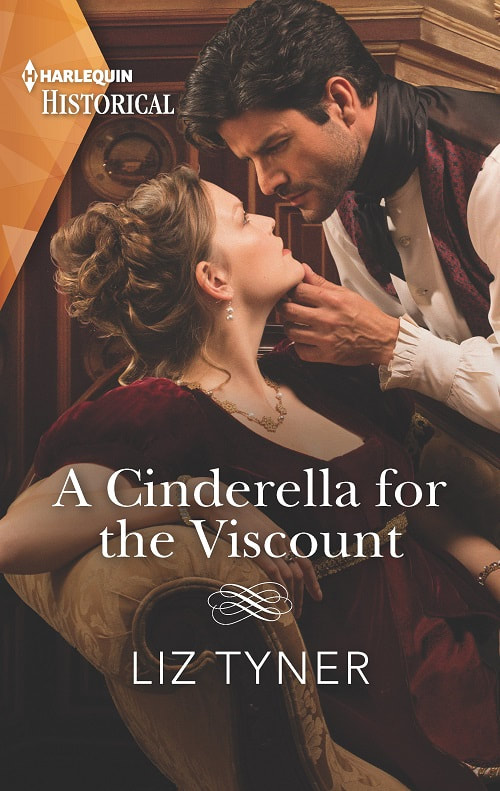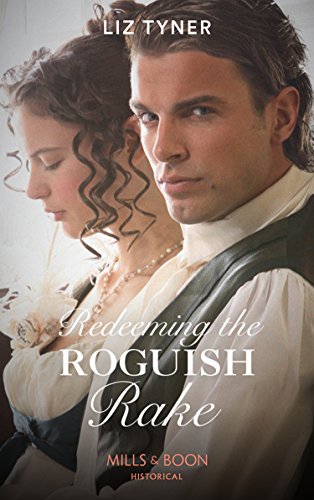
The Medieval Cookbook by Maggie Black gives us an idea of recipes in earlier times and some are not much different than what we might cook today. Substitute a chicken for the roast pheasant in one recipe, and you’ll have what appears to be the same entrée that could be found on my table.
The Mushroom Pasties are pot pies made of mushrooms and cheese, plus an egg and a few seasonings. One recipe even calls for frying ground figs inside a pastry, then adding honey over the mixture.
Pottage doesn’t sound that tasty—but when the reader discovers it can be ground cherries, sweetened, with bread and wine added, the appeal improves.
I’m sure the earlier cooks who had well-stocked larders even had quick meals—meals which could put in a pot earlier in the day to simmer as the fuel burned to ashes while everyone continued with other duties.
To have an interpretation of what people in the past ate, it’s possibly as easy as knowing the food sources available in the area, and then imagining how we would prepare them with the cookware available at the time. Taste buds probably haven't changed that much over the centuries.
And if Chaucer is any guide to go by, people are basically the same throughout the generations except hopefully, with a little less crust and a bit more refinement.

























 RSS Feed
RSS Feed

